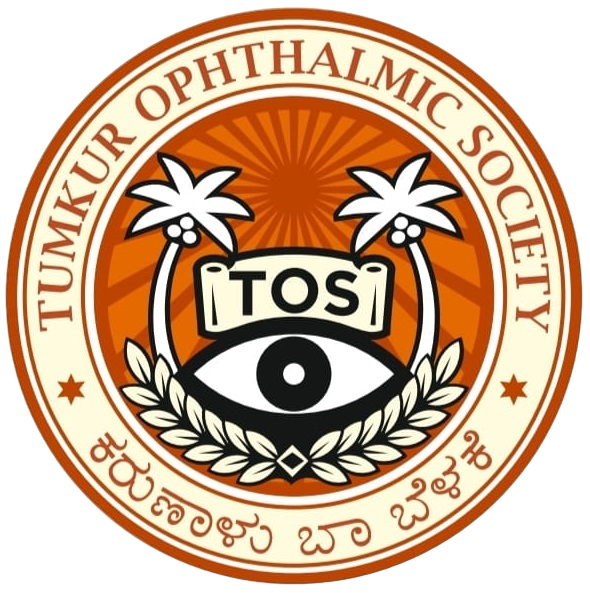Corona Virus
What is Corona Virus?
![]()
Coronavirus refers to a group of viruses that causes respiratory infections in Humans. Most members of this group cause only mild infections such as common cold but some can cause lethal diseases such as SARS also known as Severe Acute Respiratory Syndrome and MERS which is the Middle East Respiratory Syndrome and the current COVID-19.
What is COVID-19?
![]()
Corona Virus Disease -19 is a highly infectious respiratory disease caused by Coronavirus. The Virus is called Severe Acute Respiratory Syndrome Coronavirus 2 or SARS-CoV-2
Transmission of COVID-19
![]()
The transmission of virus occurs through droplets and fomites
Symptoms
![]()
Symptoms of the infection include fever, cough, fatigue, myalgia, dyspnoea, dry cough , sputum production, shortness of breath, headache, chills, nausea or vomiting, nasal congestion and conjunctival congestion. Approximately 90% of the patients present with more than one symptom and 15% of the patients present with fever, cough and dyspnoea.
Facts about COVID -19 for Ophthalmologists
![]()
Conjunctivitis may be the first symptom of COVID 1-9
Patients with COVID -19 conjunctivitis have the transmissible virus in the tears
Transconjunctival aerosol infection is a known mode of disease transmission
Asymptomatic patients with COVID -19 or patients in incubation can transmit the disease.
Close contact during ophthalmic procedures has the risk of patient to ophthalmologists disease transmission.
Strategies to prevent transmission in ophthalmology outpatient clinics![]()
Screen for fever at the point -of -entry and elicit a history of travel to affected areas during the incubation period, occupation, contact of suspected or confirmed cases, cluster of cases
Those positive for #1 with no ophthalmic emergency, should be triaged to a designated medical facility
Those positive for #1 with an ophthalmic emergency should be seen by the staff geared in personal protective equipment in an isolated designated examination room with an isolated waiting area
Patients with conjunctivitis, with or without #1, should be seen by the staff geared in personal protective equipment in an isolated designated examination room with an isolated waiting area
Barrier care including N95 masks for all physically close ophthalmic procedures and universal precautions for all patients; decontamination of applanation prisms, contact gonioscopes, laser contact lenses, B-scan and ultrasonic biomicroscope probes etc.
